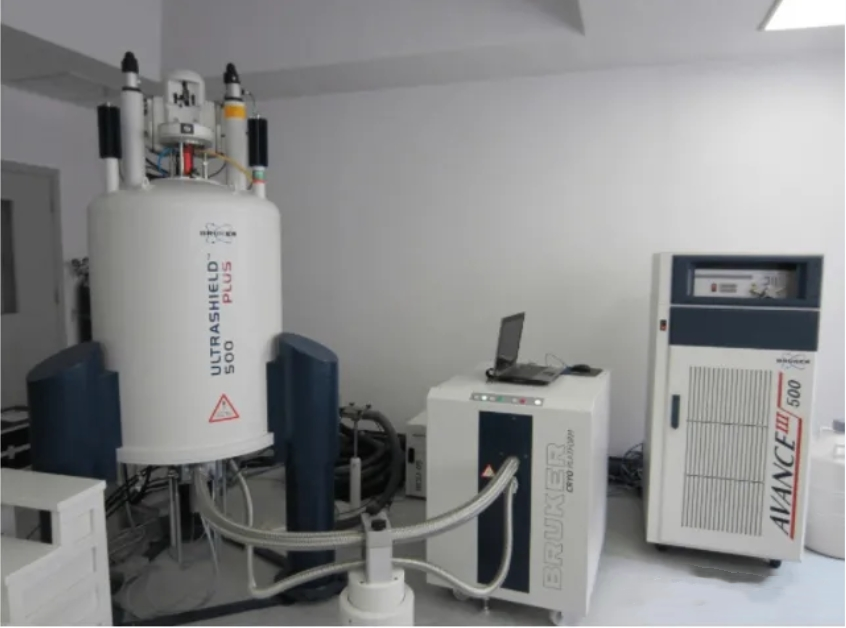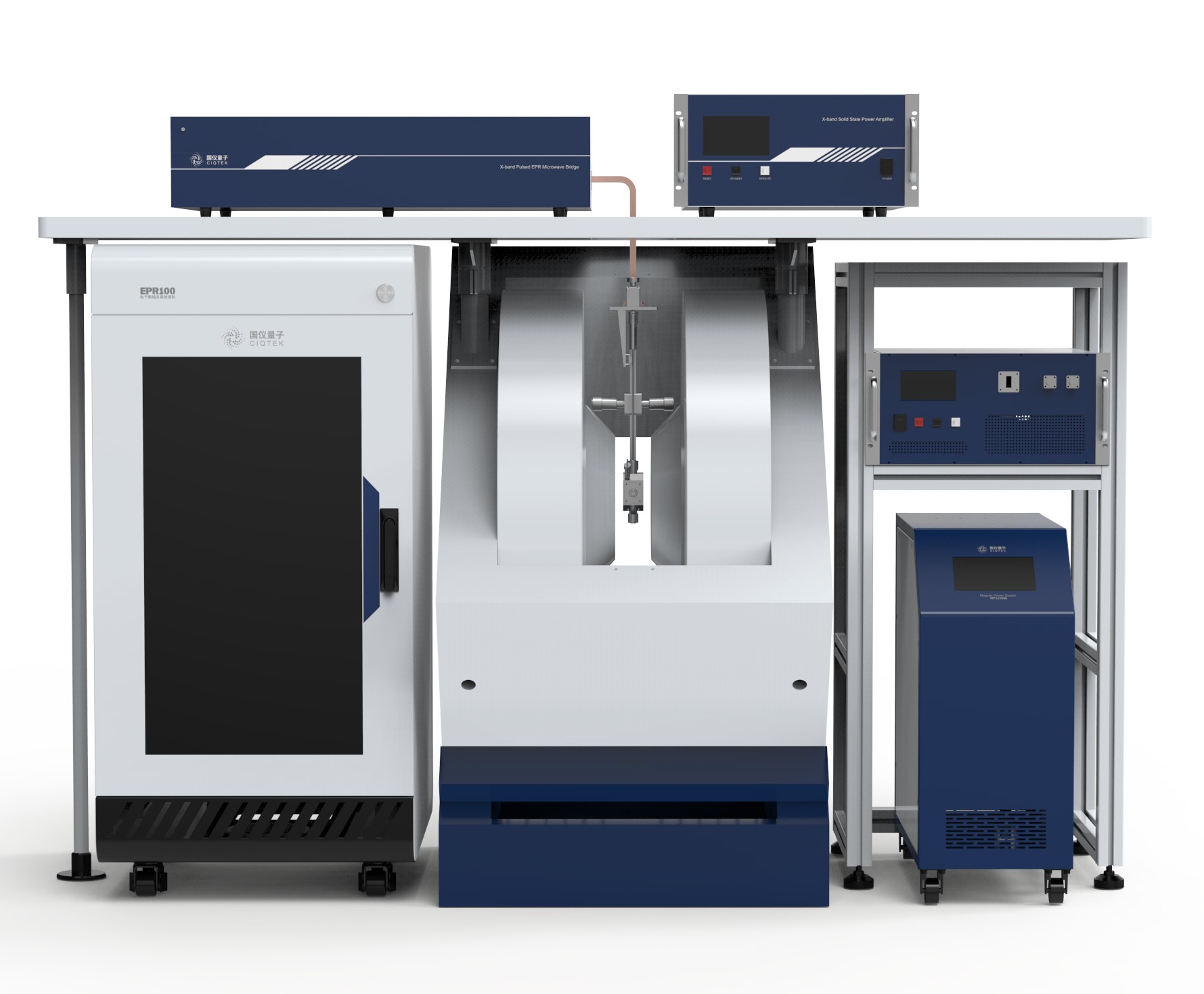June 22, 2024
In the field of analytical instrumentation, both Electron Spin Resonance (ESR) spectrometers and Nuclear Magnetic Resonance (NMR) spectrometers play an important role. Although they use similar principles, there are significant differences between the two techniques.
ESR Spectrometer:
Electron Spin Resonance (ESR) spectrometers are employed to study the behavior of unpaired electrons within a sample. Unpaired electrons possess a magnetic moment and can be analyzed using microwave radiation. ESR spectrometers use a strong magnetic field to split the energy levels of these electrons and measure the energy absorption or emission during electron spin transitions.
CIQTEK EPR Spectrometers
NMR Spectrometer:
On the other hand, Nuclear Magnetic Resonance (NMR) spectrometers focus on the study of the nuclear spins of atoms within a sample. Nuclei possessing an odd number of protons or neutrons have a non-zero nuclear spin and behave like tiny magnets. NMR spectrometers employ a strong magnetic field and radiofrequency pulses to excite and detect the nuclear spins, generating a signal that can be analyzed.

NMR Image Frrom Internet
Key Differences between ESR and NMR:
Target: ESR spectrometers focus on unpaired electrons, while NMR spectrometers examine the nuclear spins of atoms.
Technique: ESR utilizes microwaves, while NMR employs radiofrequency pulses.
Sample Types: ESR can analyze paramagnetic materials and free radicals, while NMR is widely used for organic compounds, proteins, and other molecules.
Applications:
ESR
- The investigation of free radicals in biological systems. It helps scientists understand the role of free radicals in various diseases and the effects of antioxidants on their stability.
- The study of paramagnetic materials, which have unpaired electrons and exhibit unique magnetic properties.
NMR
- In chemistry, particularly in determining the structure of organic compounds, researchers use NMR to decipher the connectivity of atoms within a molecule, providing vital information about its composition and spatial arrangement.
- In biological research, such as studying protein structure and dynamics.
Price:
ESR spectrometers are generally less expensive than NMR spectrometers, making them more accessible to smaller research labs and educational institutions.
NMR spectrometers are sophisticated instruments and typically more costly due to their complex design, higher magnetic field strengths, and advanced capabilities.
Conclusion:
ESR and NMR spectrometers differ in their target entities, techniques, and applications. ESR explores unpaired electrons, while NMR focuses on nuclear spins. Both instruments contribute significantly to scientific advancements, enabling researchers to unravel the mysteries of matter at the atomic and molecular levels.
